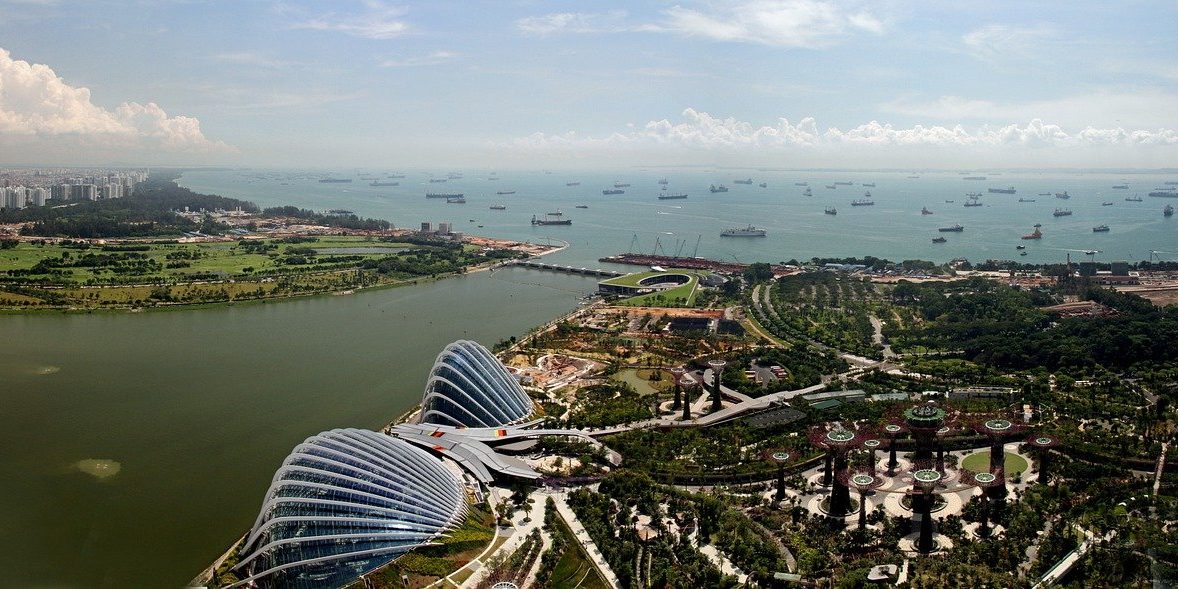Submarine Networks World (SNW) 2018 was once again, a great event. We appreciated the opportunity to speak with many people throughout the undersea cable industry about the changes underway and to meet old and new friends. Clearly, there is a lot of excitement about how dynamic the industry is at this time… the demand for new cable systems just keeps growing.
SNW draws a tremendous spectrum of decision-makers each year, cable developers, financiers, service providers, suppliers, and of course, consultants like me. I can’t help thinking back to when the first transoceanic fiber optic cable, TAT-8, was inaugurated 30 years ago. Having been part of the R&D team developing that system, it was particularly interesting this year to reflect on the industry’s strides. Since then, fiber optic cables in nearly every ocean now are connecting both the world’s largest economies and many of the smallest economies – all of whom depend on cable connectivity. Today’s cables, at about half the price of the first, can carry over 250,000 times more capacity than the original. To me, that’s an accomplishment many of us can feel good about.
Given my longevity in the industry, I am often lucky to be asked to either moderate a panel or share some thoughts at conferences; SNW 2018 was no exception. This year I summarized DRG’s current view on the drivers and demand for new cables across the globe. A confluence of new industry trends is driving our view. The one people talk most about is the growing demand for international capacity by over-the-top (OTT) providers like Google, Facebook, Amazon and others – key influencers behind today’s expansion as they connect their increasing number of data centers across the globe with multiple, diversely routed cables. Just like carriers who drove new cables since the time of TAT-8, the OTTs want cost-based capacity, diversity and the ability to independently manage their investment, e.g. upgrade when and however they prefer. Today, that often means OTTs own multiple fiber pairs on separate cables on similar, but not the same, routes. The growth rate of capacity demand in the largest markets is outpacing the growth rate that today’s cables can deliver through technology and product improvements. While the optical experts are understandably enthusiastic about breakthroughs and accomplishments in both implementing new modulation schemes for transmission over long distances and SDM (space division multiplexing, or a fancy name for more fiber pairs in a cable than in the past), the bottom line is simply this – no cable owner should be counting on the capacity capability of today’s newest cables expanding in the coming years, as we saw cable capacity expand dramatically in the past with technology improvements. That luxury is gone, as Shannon’s Limit approaches. All this means more cables in the biggest markets. Using TeleGeography’s demand data, together with DRG’s own analysis of current global cable capacity capability and technology trend, our conclusion is there will continue to be many more cables built across the globe in the coming years.
SNW 2018’s keynote panel touched upon these issues more broadly, as panelists from Alcatel, Ciena, Huawei, RTI, Tata, Telstra and TE SubCom discussed the economics of fiber pair ownership, new sources of funding for regional cables and how to optimize new infrastructure to provide the greatest value for potential customers. To those who have watched the submarine cable industry go through its ups and downs over the last few decades, the steady rise in new cables over the past several years might beg the question, “how long can this trend continue?” At DRG, while we believe the subsea cable industry is on a steady path of growth over the next several years, we see today quite different than the 2000-era boom (and then bust). Many, if not most, of the investment is coming from OTTs, often with a carrier partner, who will each use the majority of the cable capacity for their own purposes. Yes, there are private developers who are in those cables also – who plan to wholesale capacity or spectrum to other carriers and service providers who are not, themselves, directly investing in cables – but still need capacity. This is distinctly different than in the late ’90s, when much more of the investment was coming from speculators or wholesalers, rather than users of the capacity. Back then, the volume of cables built was also much higher than today’s market forecast. Thus, while we always need to be mindful of the future, DRG sees today’s builds as a healthy industry trend.
While at SNW, the conference organizers reached out to many attendees and asked each of us questions, which they felt might shed helpful other insights on the industry. They’re each quick and, depending on your familiarity already with the industry, this may add a bit more color to your perspective. Take a look and feel free to reach out to us with your questions or comments. We always enjoy helping others learn about our exciting industry and we are looking forward to 2019 – starting with PTC, then SubOptic and SNW 2019.



